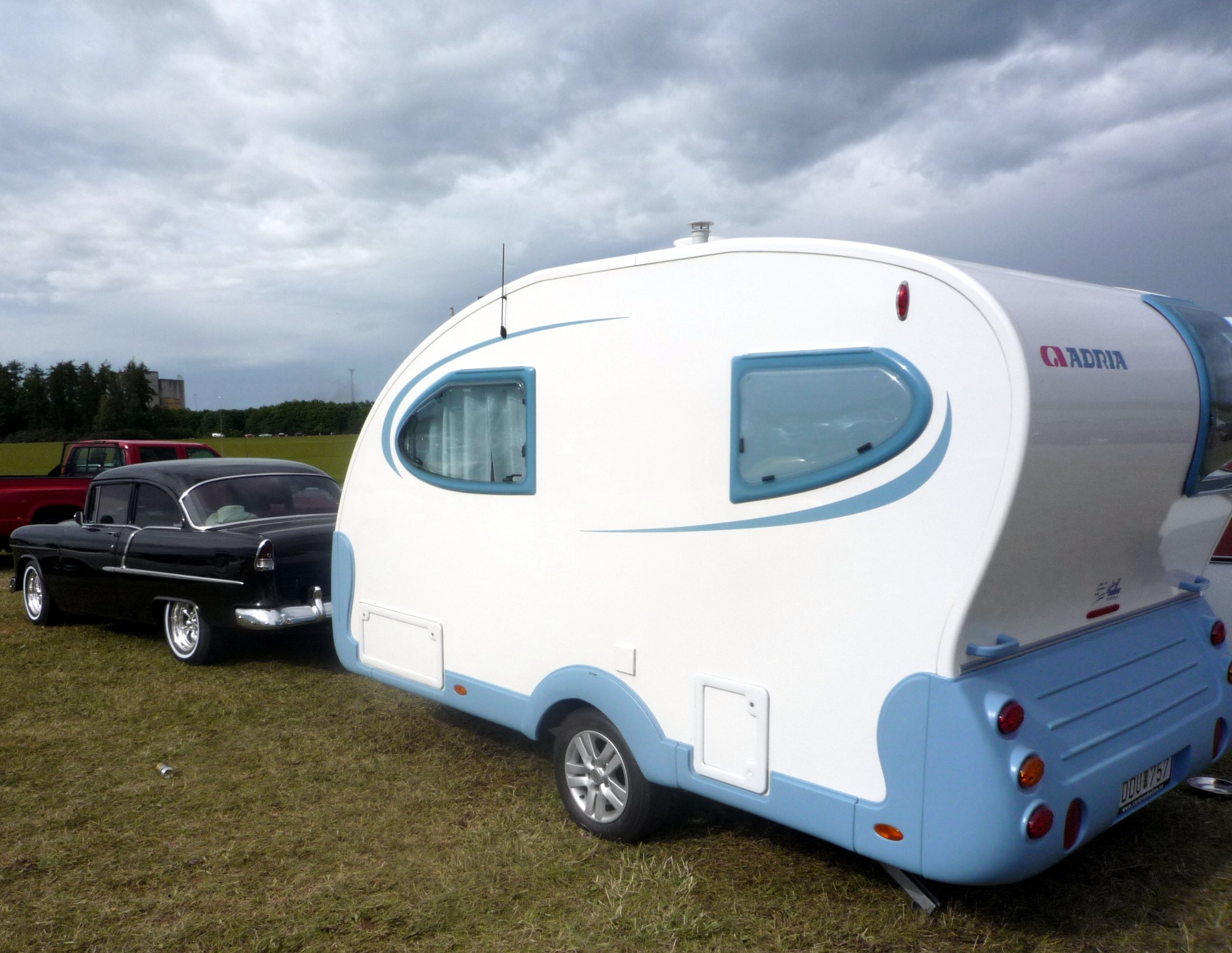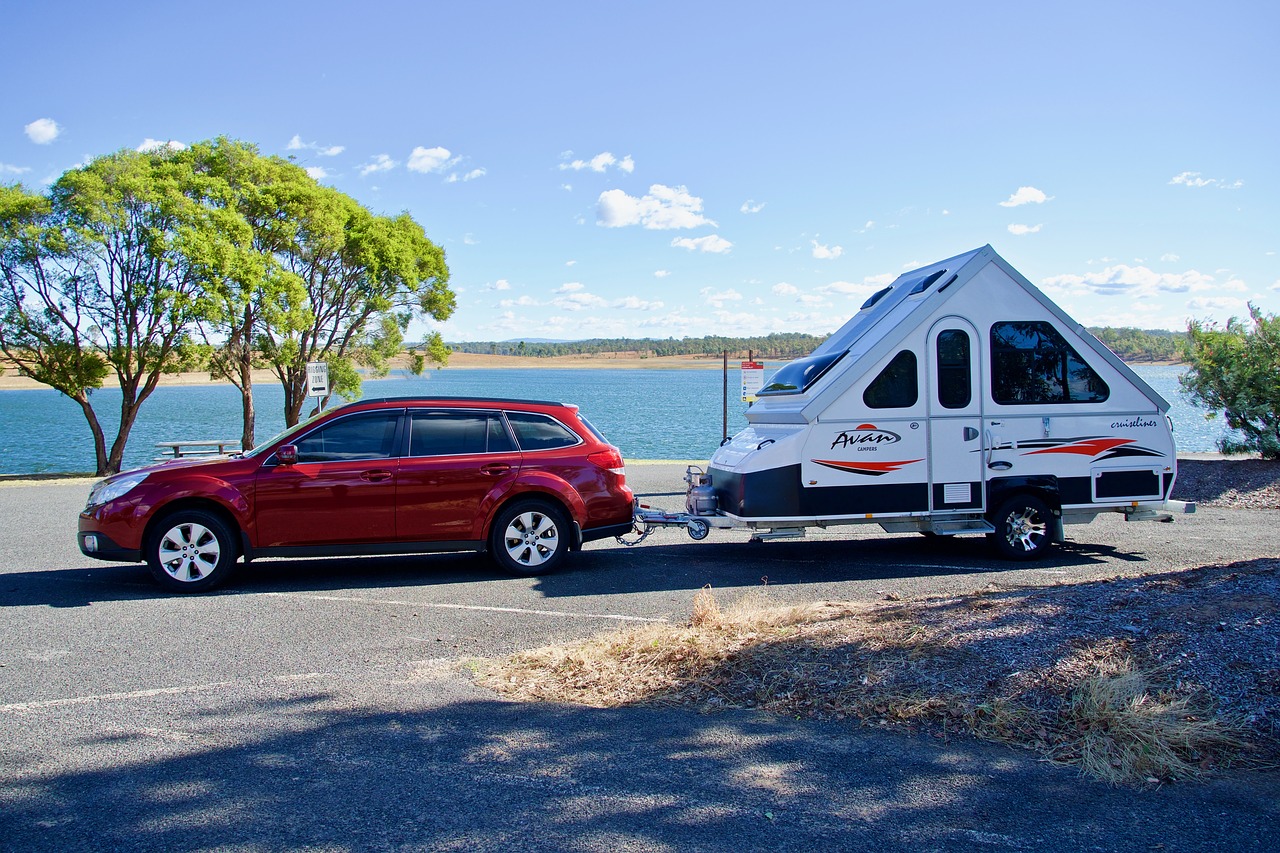What Is a Low-Profile Caravan?
Camping is a pleasant and cheap way to go on holiday. Many families choose a caravan for more comfort rather than a tent, while the motorhome requires a much higher budget.
Here are some tips for this attractive project.
As the name suggests, this type of caravan has a unique feature that makes it a “hybrid” of caravanning: its roof can be folded and unfolded as desired.
Variable height
While the width and length of a low-profile caravan follow the same rules as those of its more traditional counterparts, its height is variable:
– folded height: from 1.95 m to 2 m;
– interior height: from 1.90 m to 1.95 m;
Installation
Once you arrive at your destination, the installation of the small caravan is identical to that of the others. It only takes a few extra minutes to unfold the roof and carry out the associated installations:
– Set up the extensions: if it is a rigid system, the walls are raised – after the roof has been lifted – to create an addition of insulated polyester partitions;
– or deploy the fabric: in the case of fabric walls, waterproof fabric is used to link the interior to the polyester roof.
Good to know: you can opt for an electric automatic roof lifting system (optional) which will add slightly to the total weight (about 15 kg more).
– The interior doors are truncated and require a clever system of extensions (hinge-lock-clip) to be operational, as do certain shelves and the tops of partitions.
Advantages, disadvantages and price of the low-profile caravan

Depending on your needs, you will choose a smalls caravan if its advantages are worthwhile.
For example, a low-profile caravan is not necessarily the best compromise if you stay at the same campsite for a month (you would only see the disadvantages of this type of model!).
Advantages of the small caravan:
– An “all-purpose” size: with its height not exceeding 2 m, your caravan will pass:
◦ under the gantries of most car parks;
◦ in the frame of your garage: for optimal winter storage.
– A significant source of savings:
◦ it goes under the tolls = no surcharge;
◦ it is more aerodynamic: less wind resistance, both lateral and frontal = fuel savings.
– Easier to drive: by less bulk and less wind grip.
Disadvantages
– Longer installation time.
– Smaller door: the entrance door is lower than on conventional models (watch your head!).
– Ventilation and insulation can be limited: some older models do not have top or cross ventilation (because a roof light is not always possible). Similarly, the fabric used in entry-level models cannot compete with a wall containing up to 3 cm of insulation.
– Low chassis: the ground clearance is very low. Although changing the wheel is no more of a problem than with a conventional model, the risk of getting stuck (speed bumps, ledges, etc.) is higher.
Conditions for towing a caravan
Type of car
There is no ideal car for towing a caravan. However, a profile can be defined:
– a rear-wheel-drive car with a powerful diesel or petrol engine;
– large saloon and family cars, such as minivans, offer good road holding, which is essential.
Good to know: if you opt for a folding caravan, you can tow it with a smaller vehicle!
Should you be looking for a small caravan, Roma RV offers a wide range of luxury and high-quality caravans that provide your family with the performance, elegance, personalised features, and high standards that they deserve.
How did you find this post? Remember to share your views in the comment section below.

